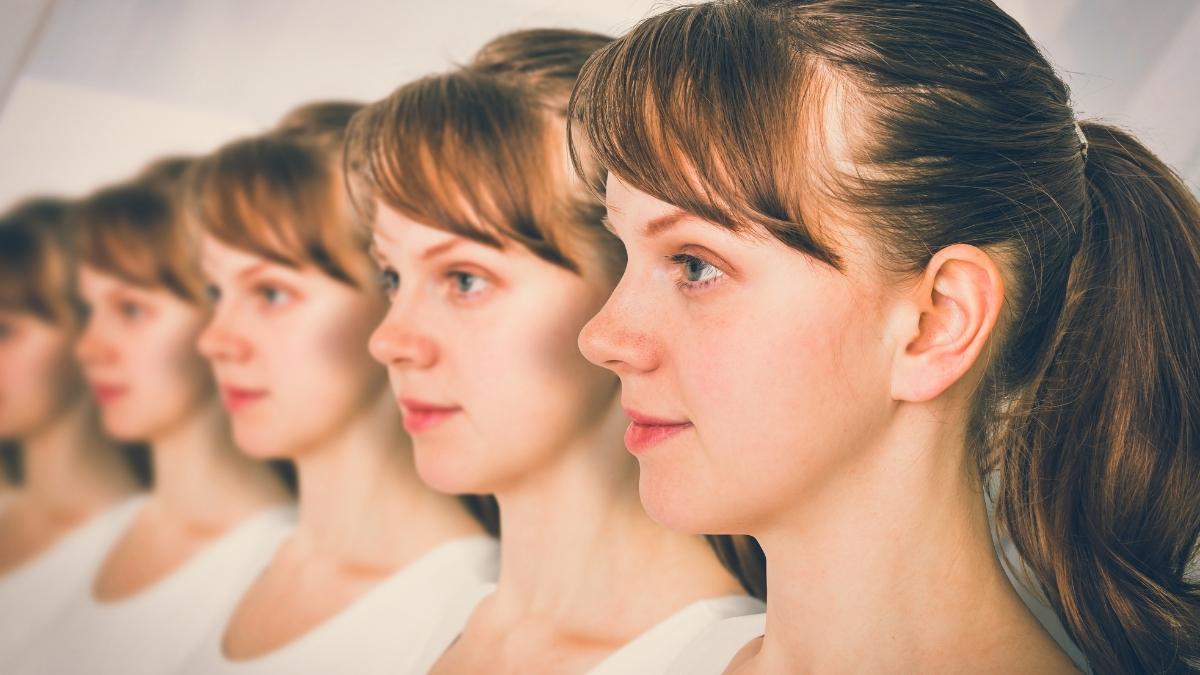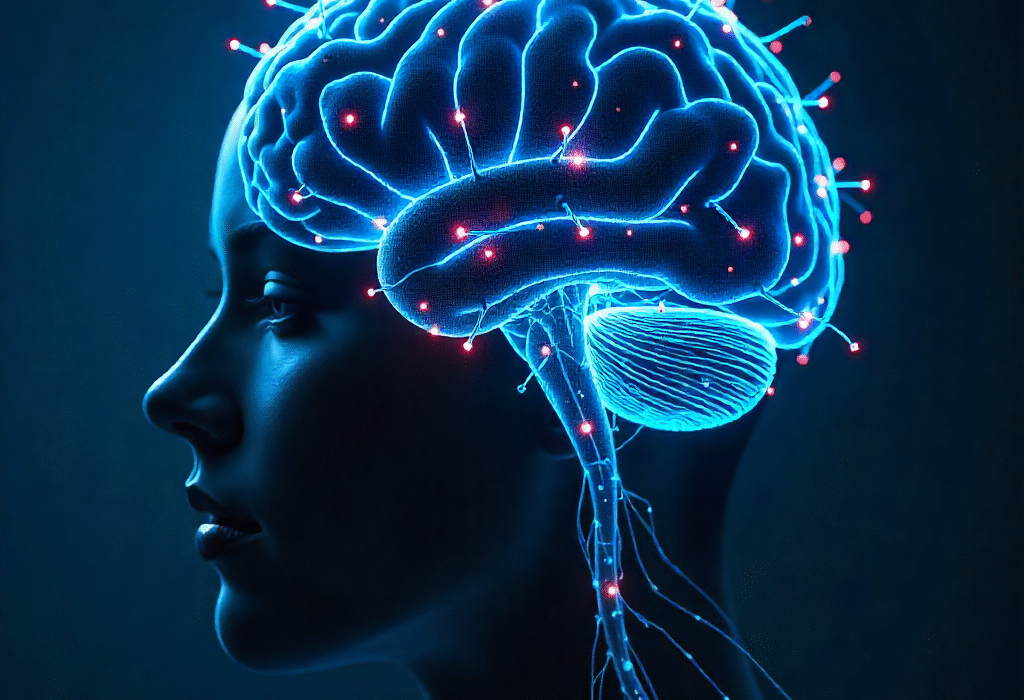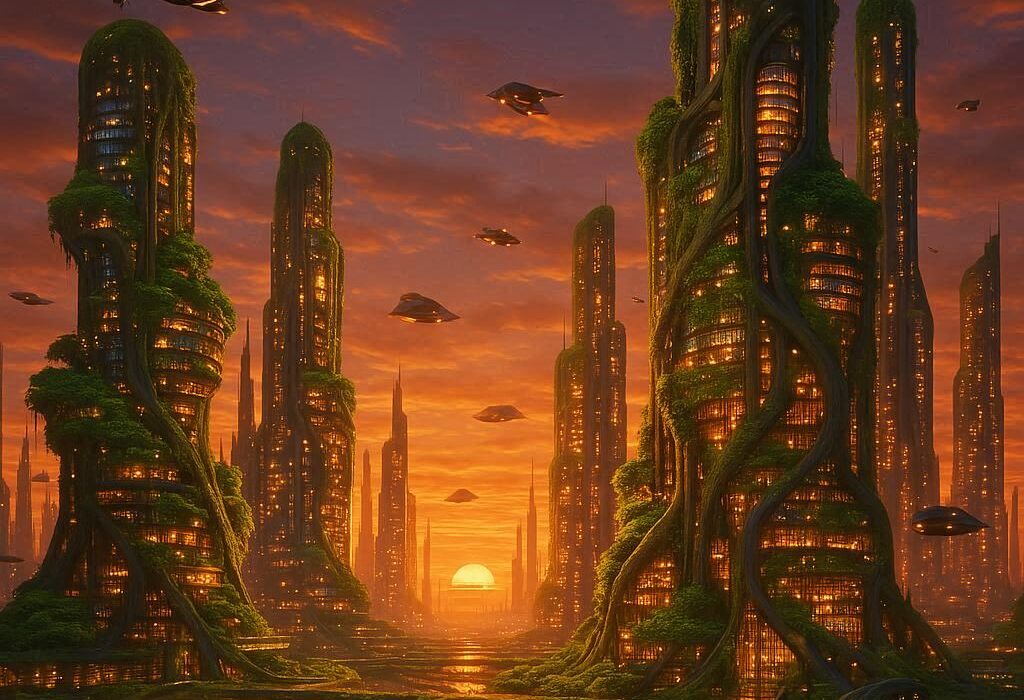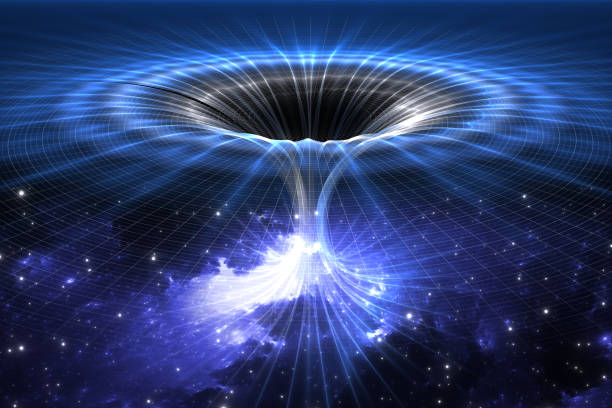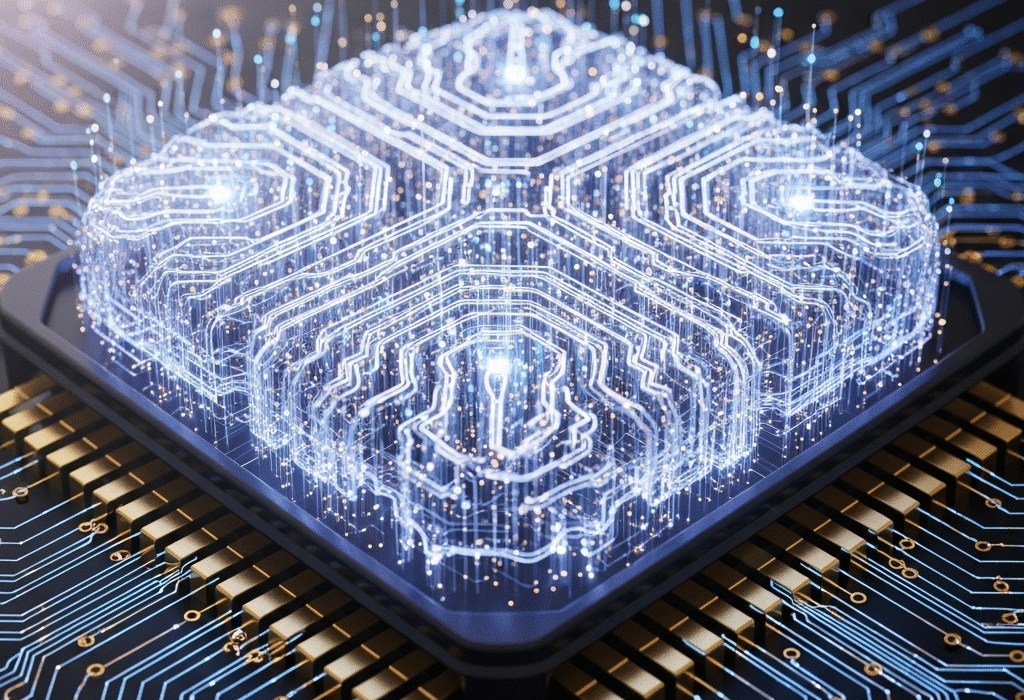Few scientific ideas have stirred as much fascination, fear, and debate as the possibility of human cloning. For decades, the very word has conjured images of laboratories filled with identical humans, soulless replicas designed for sinister purposes, or miraculous second chances to bring back lost loved ones. The idea exists at the crossroads of science and imagination, where biology meets philosophy and where ethics wrestles with ambition.
Human cloning has long lived in the realm of speculation, but today, as technology surges forward, it no longer feels like pure science fiction. The shocking reality is that the science behind cloning is advancing rapidly, and though society has placed legal and moral barriers in its path, the temptation to unlock this controversial future continues to grow. The future of human cloning is not simply a matter of whether it can be done but of what it would mean for humanity when it is.
From Sheep to the Possibility of Humans
The conversation about human cloning became unavoidable in 1996 when scientists in Scotland announced the birth of Dolly the sheep, the first mammal successfully cloned from an adult cell. Dolly was not created by mixing sperm and egg in the traditional way but through a process called somatic cell nuclear transfer. Scientists removed the nucleus from an egg cell and replaced it with the nucleus from an adult sheep’s mammary cell. After stimulating this egg to divide, they implanted it into a surrogate mother, and Dolly was born—a genetic duplicate of the sheep that donated the nucleus.
Dolly’s birth was a watershed moment. It proved that cloning from an adult organism was not just possible but achievable with careful precision. The implications were staggering. If a sheep could be cloned, why not a dog, a cat, a horse—or even a human being? Within years, many animals were cloned: cows, pigs, rabbits, dogs, and even primates. Each success brought us closer to the unthinkable question: would someone eventually clone a human?
Though Dolly herself suffered from health issues and lived only half the lifespan of a normal sheep, the experiment opened the door to both astonishing opportunities and unsettling risks. It revealed not only the technical feasibility of cloning but also its fragility. Cloning was not a simple duplication but a process fraught with errors, mutations, and ethical pitfalls. Yet, despite its dangers, the dream of human cloning refused to die.
What Human Cloning Really Means
The idea of cloning a human often sparks images of armies of identical soldiers or perfect replicas of celebrities. But the scientific reality is both less dramatic and more complex. Cloning does not create a duplicate person in the way a photocopier produces identical sheets of paper. Instead, it creates a genetic twin—a new individual with the same DNA as the original.
What many overlook is that DNA alone does not define a person. Environment, upbringing, life experiences, and even random developmental events all shape who we are. A cloned Einstein, for instance, would not be born a genius scribbling equations but an infant who may or may not grow up with the same talents, depending on education, nurture, and countless other factors. In essence, cloning might recreate a genetic blueprint, but it could never replicate a soul, a personality, or a destiny.
Yet, despite these limitations, the possibilities of cloning are immense. Imagine parents losing a beloved child and being given the chance to have another genetically identical baby. Imagine medical science producing perfectly matched organs from cloned embryos to save lives. Imagine endangered species revived through cloning, or even extinct species brought back to life. At the heart of these scenarios lies one terrifying and exhilarating truth: cloning holds the power to reshape what it means to be human.
The Ethical Earthquake
With every scientific breakthrough comes the question of morality. Human cloning does not merely nudge ethical boundaries—it shatters them. What does it mean to create life in a laboratory? Does a cloned human have the same rights and dignity as anyone else? Would society accept or stigmatize clones? Would they be valued as individuals, or exploited as commodities?
These questions are not abstract philosophy; they are immediate and pressing. The moment cloning moves from theory to practice, humanity must decide whether it can bear the moral consequences. Critics argue that cloning risks turning human life into a manufactured product, stripping it of uniqueness and sanctity. They fear a future where wealthy individuals clone themselves to seek immortality, where governments clone soldiers for war, or where corporations clone bodies to harvest organs.
Supporters, however, point to potential miracles. For couples unable to conceive, cloning might offer another path to parenthood. For patients awaiting transplants, cloned organs could end shortages and save countless lives. For endangered animals, cloning could restore fragile ecosystems. The ethical earthquake lies in the tension between profound hope and devastating abuse. Humanity stands at a precipice, forced to decide whether it dares to wield such power responsibly.
Scientific Challenges on the Path Ahead
Though the idea of human cloning captures imaginations, the scientific road ahead is treacherous. Cloning remains riddled with failures. Even in animals, only a small percentage of cloned embryos survive to birth, and many of those suffer health complications. Problems such as premature aging, genetic instability, and high rates of miscarriage plague the process.
One of the biggest concerns is “epigenetic reprogramming.” When a cell’s nucleus is transplanted into an egg, it must be reprogrammed to behave like an embryonic cell. This process is imperfect and can leave behind molecular scars that affect development. Even Dolly carried genetic anomalies likely related to incomplete reprogramming.
If scientists attempted to clone humans today, they would face staggering rates of failure, raising the specter of suffering embryos, miscarriages, and malformed infants. For many ethicists, this alone renders human cloning unacceptable—it risks treating early human life as disposable experiments. Yet, technology evolves rapidly. Advances in genetic editing tools like CRISPR, improvements in stem cell research, and deeper understanding of epigenetics could one day make cloning safer and more predictable. That possibility fuels both excitement and fear, because it suggests that human cloning is not an impossible dream but a delayed inevitability.
A Future of Medicine Reimagined
One of the most compelling promises of cloning lies in medicine. While cloning entire humans sparks outrage, the idea of cloning cells, tissues, or organs offers transformative hope. Scientists envision a future where a patient’s skin cell could be used to grow a heart, a kidney, or a liver—perfectly matched to the patient’s DNA, eliminating the risk of rejection. This field, often called therapeutic cloning, could revolutionize healthcare.
Imagine a world without long organ transplant waiting lists, where diseases such as Parkinson’s, diabetes, or spinal cord injuries are treated with replacement tissues grown in laboratories. Such breakthroughs would not only save lives but also redefine aging itself, as humans replace failing parts with fresh ones created from their own cells.
Yet, the line between therapeutic cloning and reproductive cloning is thin. The same techniques used to grow tissues could, with small adjustments, be used to attempt full human cloning. The question then becomes: where should society draw the line? Should it embrace cloning for medical miracles while outlawing it for reproduction? Or is it impossible to contain one without the other?
The Shadow of Exploitation
If human cloning becomes possible, the danger of exploitation looms large. History has shown that whenever powerful technologies emerge, there are those who seek to misuse them. In the case of cloning, the risks are chilling. Imagine black markets offering cloned babies to wealthy clients. Imagine authoritarian regimes attempting to engineer loyal clones for political or military purposes. Imagine a future where clones are created not as cherished children but as disposable resources.
Even without sinister intent, cloning could warp society. The very notion of “designer children,” engineered to be smarter, stronger, or healthier, edges closer to eugenics, threatening to reduce human diversity and dignity to commercial preferences. The commodification of life itself—children purchased as products rather than born in love—could fracture the very meaning of family.
For these reasons, international laws and treaties currently ban human cloning. But laws are fragile, and technology does not respect borders. What one nation outlaws, another may secretly pursue. As history has shown with nuclear weapons and genetic engineering, once knowledge exists, it is almost impossible to contain.
The Psychological Storm
Even if cloning became safe and accepted, its psychological implications would be profound. What would it mean for a person to grow up knowing they were a genetic copy of someone else? Would they feel pressured to live the same life, to fulfill the same expectations? Would society see them as unique individuals or as echoes of another?
Identity is fragile, and cloning complicates it in ways we can scarcely predict. A child cloned from a deceased sibling might be cherished as a “replacement,” yet also haunted by the ghost of someone they can never truly be. A clone of a famous figure might be seen not as themselves but as a shadow of greatness they did not choose.
For humanity to accept cloning, it would need to expand its understanding of individuality. A clone would not be a duplicate but a new person with the right to forge their own destiny. Whether society could truly embrace this is uncertain, and the risk of stigma, exploitation, and alienation remains real.
The Unstoppable Question
The future of human cloning is both shocking and inevitable because the question cannot be silenced. As technology advances, as genetic editing becomes more precise, and as the boundaries of life itself are pushed, someone, somewhere, will attempt human cloning. The temptation is too powerful. Whether driven by grief, ambition, greed, or genuine hope, the spark of creation will eventually ignite.
The real challenge for humanity is not whether cloning will happen but how we will face it when it does. Will we banish it as an abomination, or cautiously integrate it into our society? Will we exploit it for power, or harness it for healing? Will we allow it to divide us, or use it to deepen our understanding of what it means to be human?
A Future We Must Choose
The shocking future of human cloning is not a distant fantasy but a looming reality. The science that once belonged to novels and movies now lies within reach. What remains uncertain is how we, as a species, will respond.
Cloning holds the potential to heal the sick, restore the lost, and reshape the future of medicine. It also holds the power to dehumanize, exploit, and fracture society. It is a mirror reflecting our deepest hopes and our darkest fears.
Albert Einstein once warned that scientific progress without moral progress could be humanity’s downfall. The future of cloning embodies this warning. It demands that we confront not just what we can do but what we should do. The decision will define not only the future of science but the future of humanity itself.
As the horizon of possibility approaches, one thing is certain: the future of human cloning will shock us, challenge us, and force us to reimagine the meaning of life, identity, and what it means to be human.
